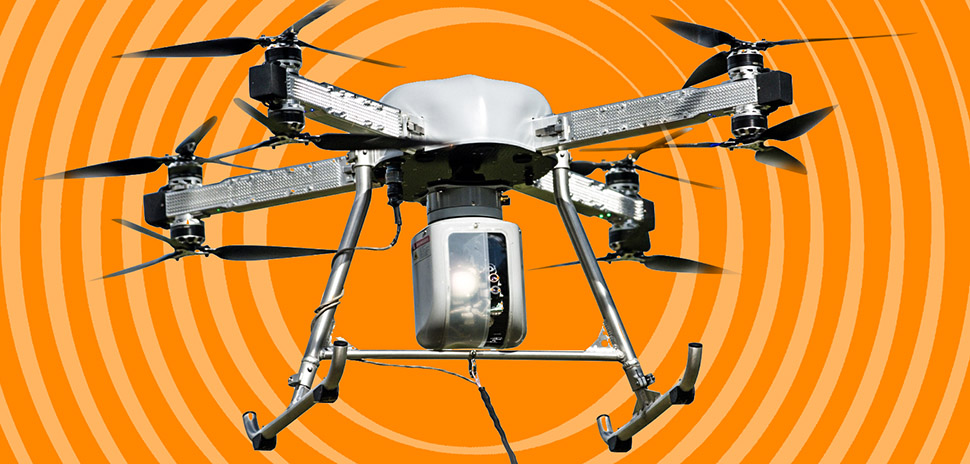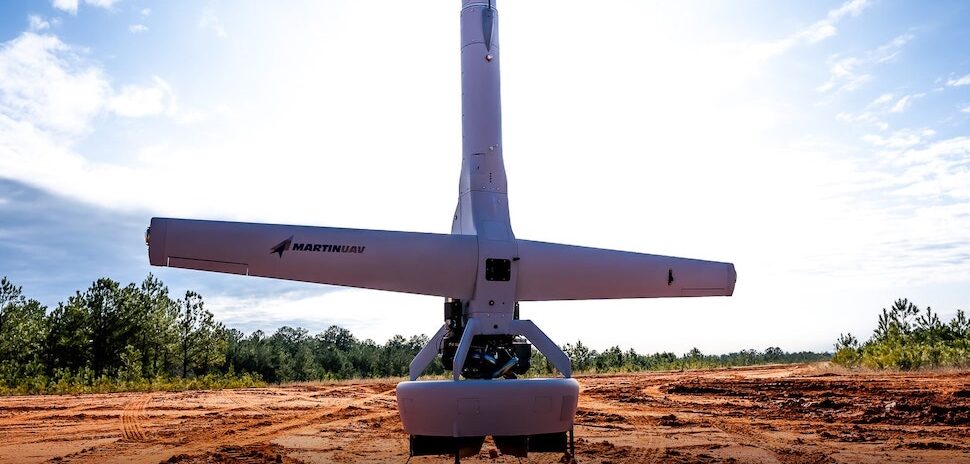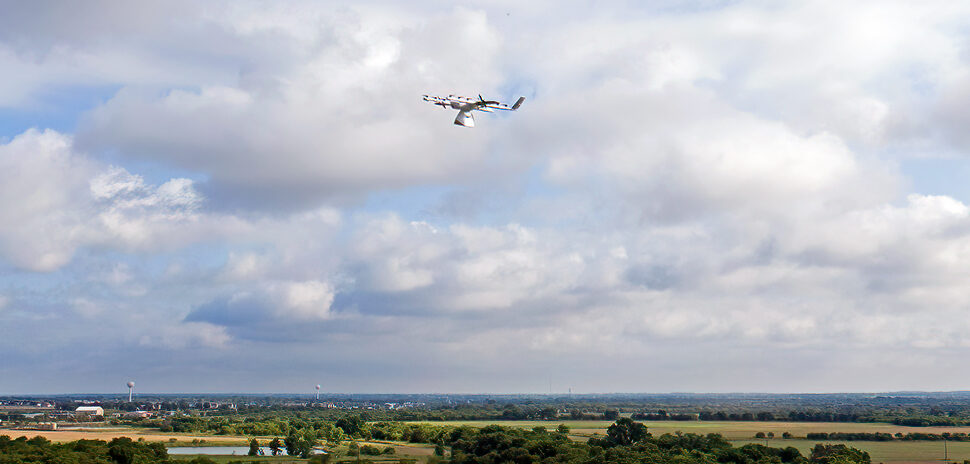Dallas-based COMSovereign Holding Corp., which bills itself as the ‘Made in America path to 5G and beyond,’ has achieved a significant milestone for its Drone Aviation business unit.
COMSovereign’s drone arm has delivered its first fully integrated, drone-deployed LTE network system to a customer. According to the company, this means that a new tethered drone-based aerial platform is commercially available—allowing customers to have a fully operational LTE network without having to rely on existing infrastructure.
The aerial LTE network platform is built on the Drone Aviation unit’s portable WATT 200 tethered drone, per a statement. It features an airborne LTE communications package, called FeatherLite, which was developed by Virtual NetCom, another COMSovereign unit.
“The new WATT 200 system we delivered further builds upon our extensive expertise in designing and building persistent tethered aerial platforms,” Felicia Hess, CEO of Drone Aviation, said in a statement. “By integrating VNC’s FeatherLite small cell platform into WATT 200, we have created a unique drone-based LTE capability that can be deployed in 5 minutes and provide long duration connectivity at the touch of a button.”
The quick deployment of the FeatherLite-integrated WATT 200 creates a “network bubble” that can support connectivity within range of the drone. This allows the solution to respond to emergencies and natural disasters, temporarily increase wireless coverage at special events, or provide connectivity in places without any infrastructure, COMSovereign said.
Because the entire system is portable—it’s contained in two suitcases for easy deployment anywhere—the solution can also connect to other infrastructures to link into existing commercial networks.
Having a rapidly deployable network solution was the only option, Dr. Dustin McIntire, COMSovereign’s chief technology officer, said. COMSovereign used feedback from telecom service companies, operators, and government agencies, and saw that most potential customers had stringent requirements that can only be solved with fast deployment.
“Our tethered drone system delivers many benefits including improved safety, secure communications, and uninterruptible ground-based power, allowing sustained airborne communications and operations unmatched by battery powered drones,” Dr. McIntire said. “We intend to build upon the flexibility of our tethered aerial platforms with multiple solutions planned for release in the next few months designed to enable a broad set of capabilities for service companies, operators, first responders, and military/intelligence users.”
As a developer of 4G LTE advanced and 5G communication systems and solutions, COMSovereign aims to help carriers deliver on next-generation telecommunications to enhance connectivity across the entire data transmission spectrum. The holding company’s strategy is to acquire disruptive communications and power technologies, along with niche companies, to provide those technologically advanced telecom solutions.
For instance: In August, COMSovereign acquired all equity interests of Skyline Technology Partners in a $14 million transaction. Once completed, the deal is said to significantly expand ComSovereign’s wireless backhaul technology offerings to include intelligent backhaul radios (IBR) designed for Tier 1 service providers, Fierce Wireless reported.
And, COMSovereign’s numerous business units have continually been making moves.
Last week, its silicon photonics unit, VEO Photonics, announced that it had been granted a patent on new technology that could break the current limit of existing silicon data transmission speeds.
McIntire called the news an exciting milestone, as it’s the first time a silicon-based modulator has shown it can offer up to a 10-times speed advantage over competition at a reduced cost. Applications for the dielectric technology includes 5G, artificial intelligence, switch fabrics, quantum computing, and more.
“By mid-2022, we will be able to showcase how this intellectual property will be commercialized and licensable and the major benefits it can bring to data center operations and in the deployment of new fiber optic cabling required to support 5G,” McIntire said in a statement. “Thanks to VEO’s significant improvement in network capacity and its compatibility with current fiber optic systems, this dielectric technology can greatly reduce the expected costs of 5G’s rollout.”
![]()
Get on the list.
Dallas Innovates, every day.
Sign up to keep your eye on what’s new and next in Dallas-Fort Worth, every day.































